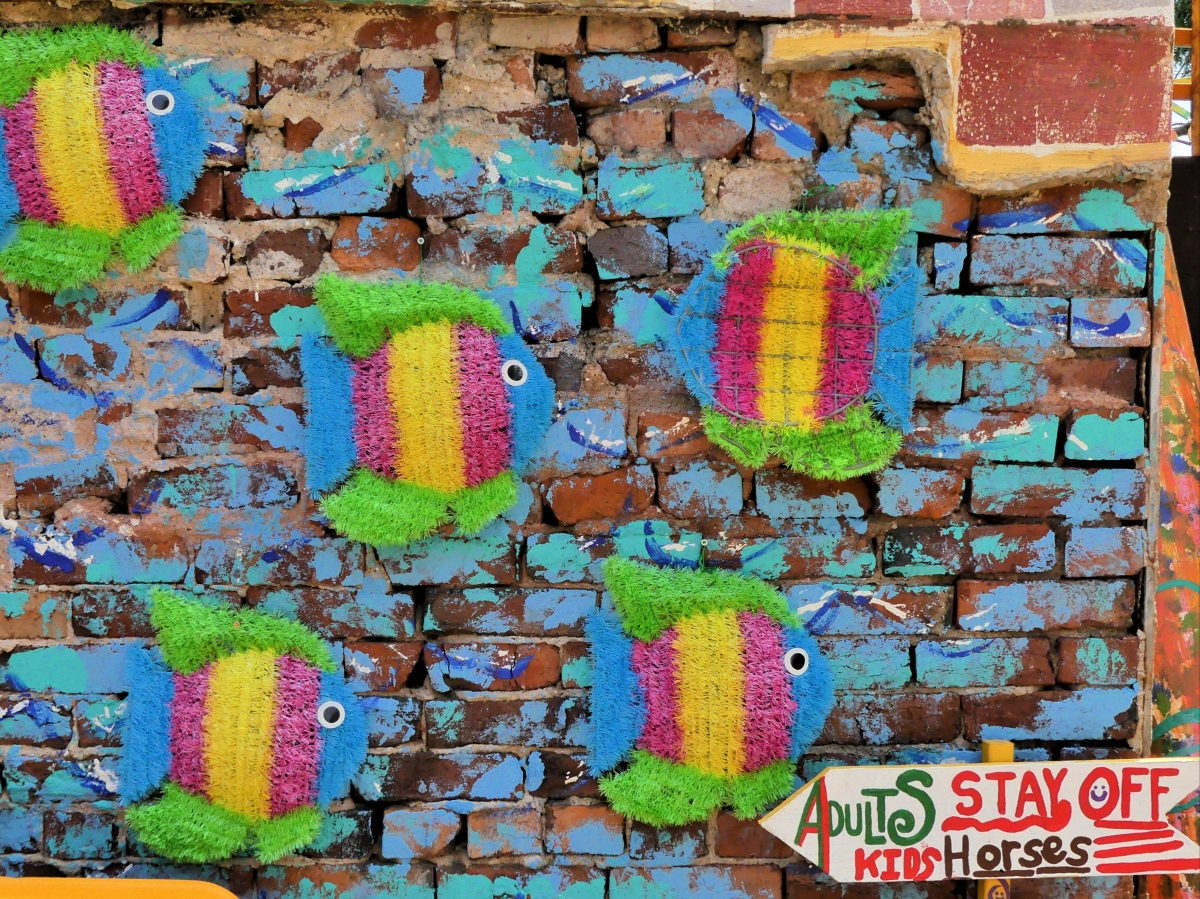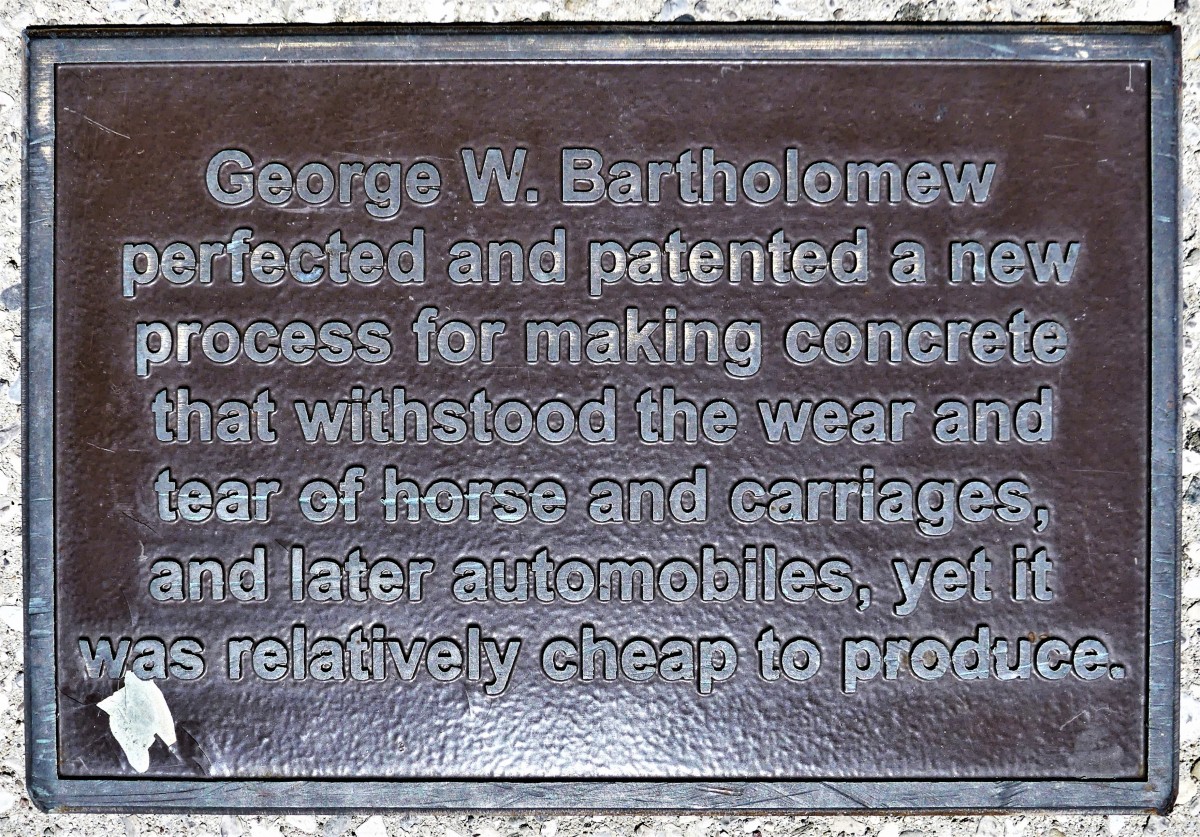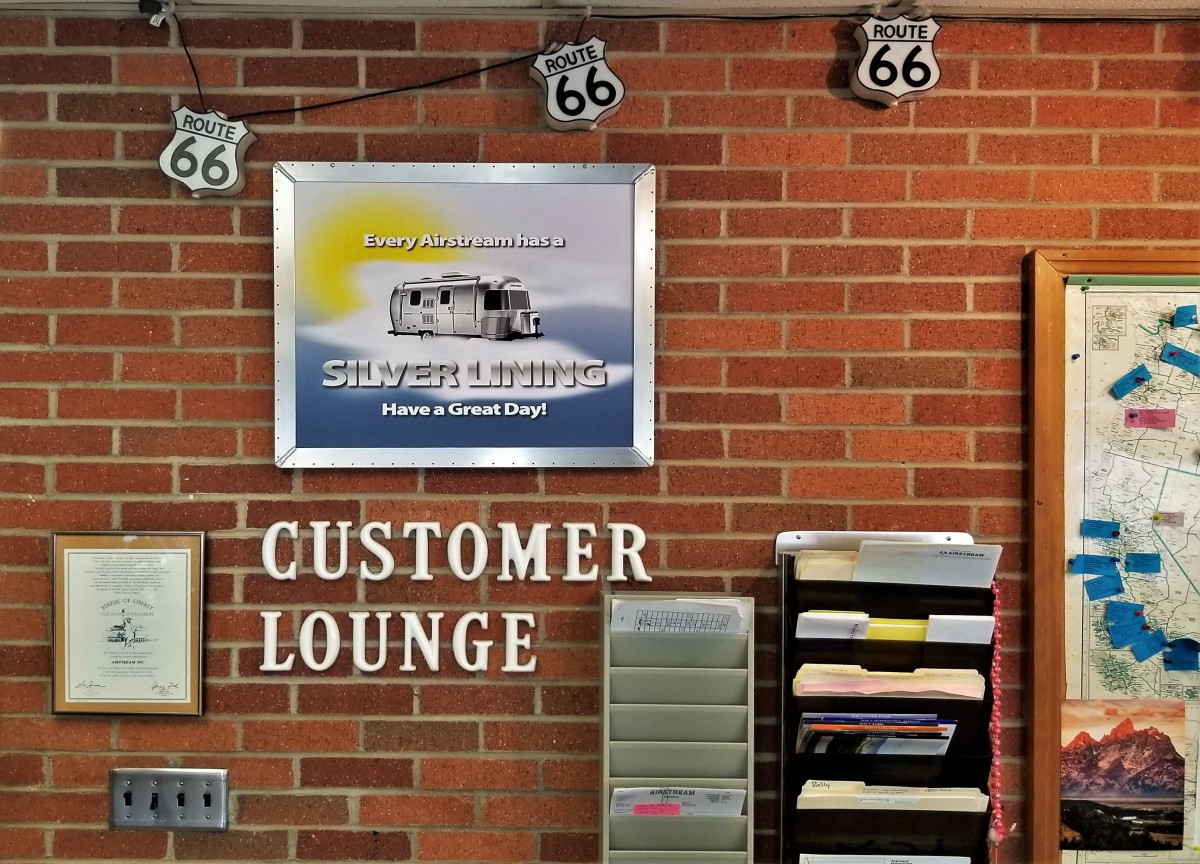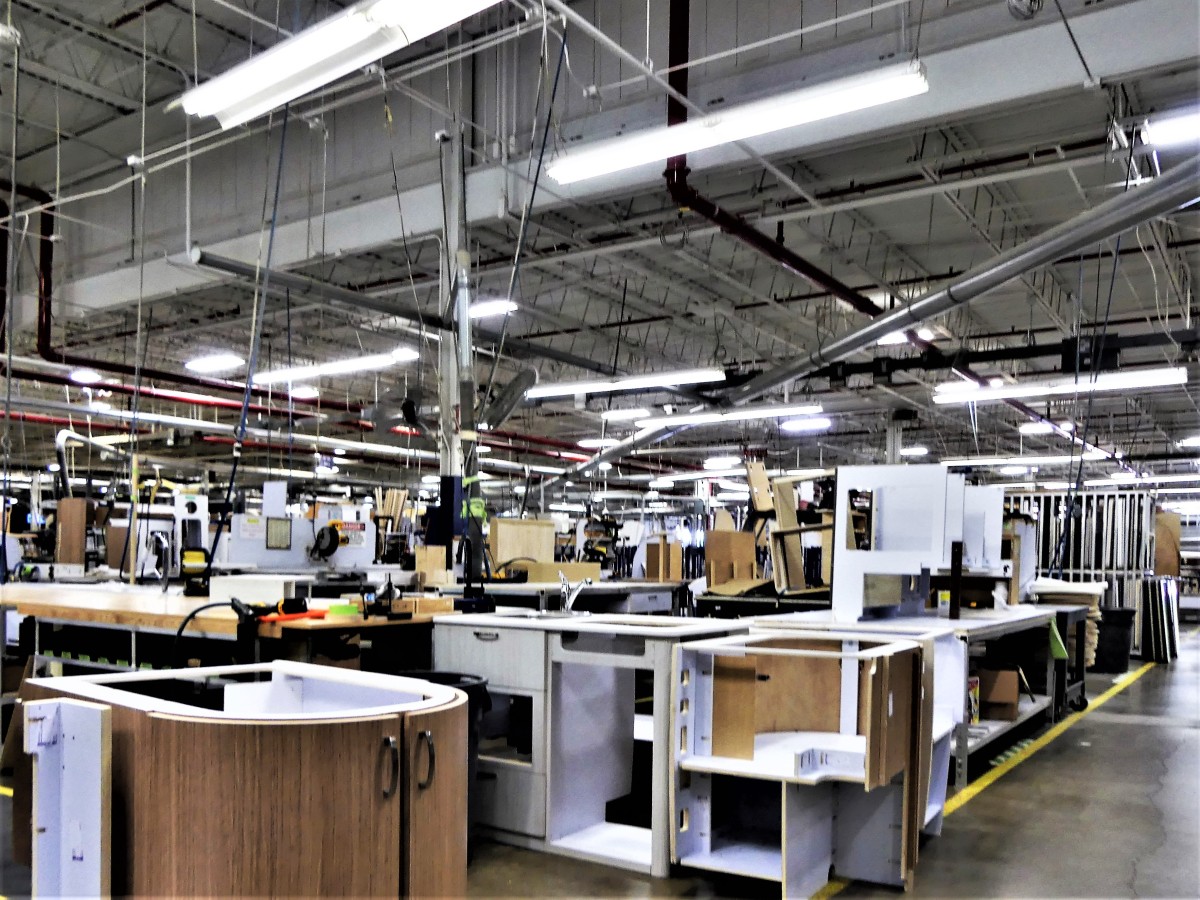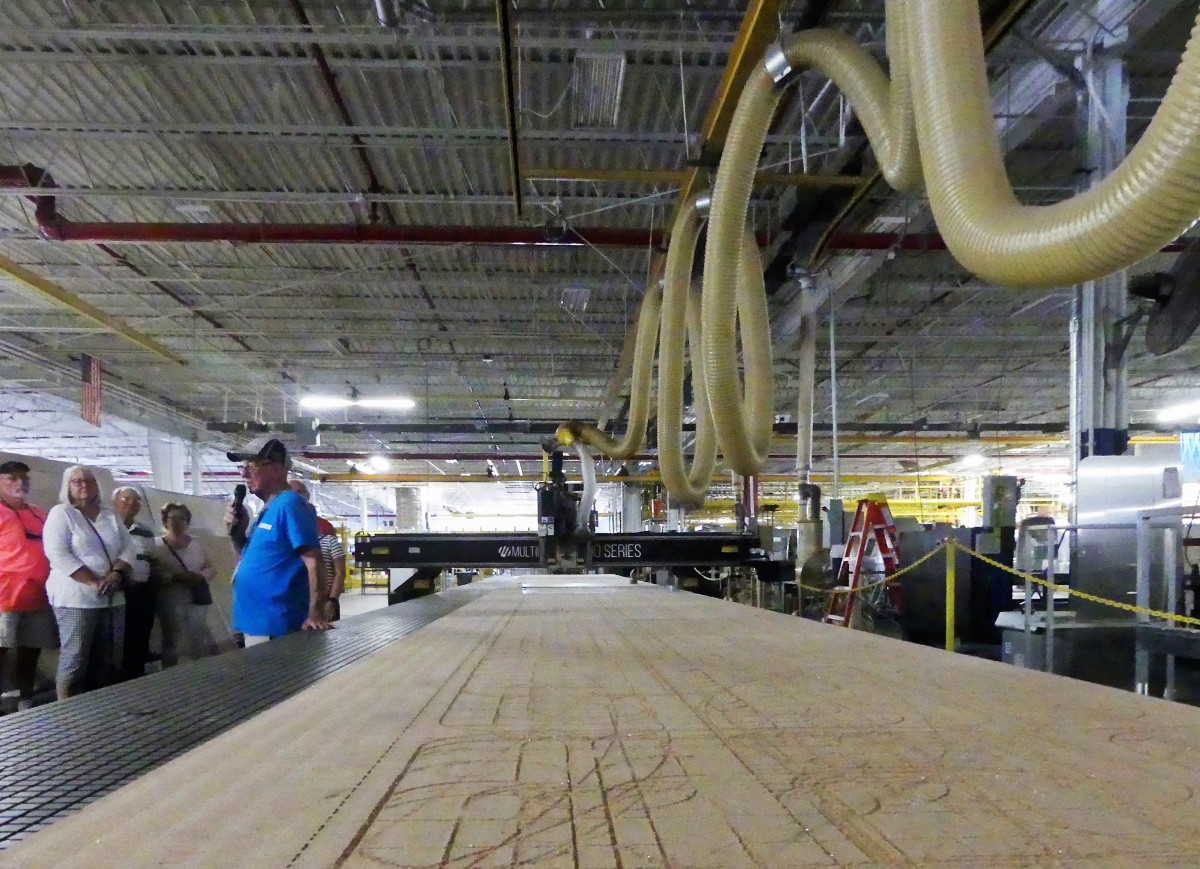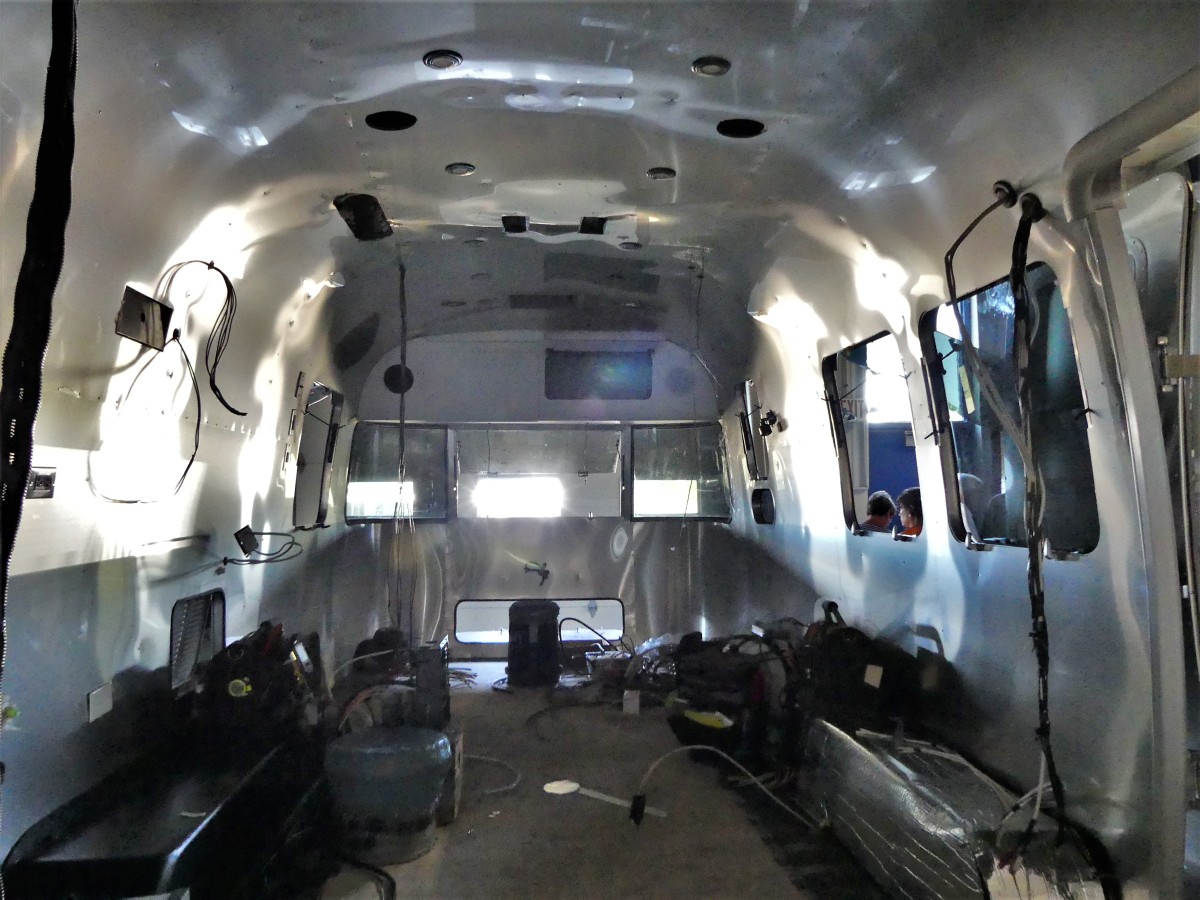I met Andy Warhol once, although it was nothing glamorous. I can’t brag about meeting him on the set of one of his Factory films or dancing together at Studio 54 or sharing lines of coke in the ladies room of Max’s Kansas City. Nevertheless, I’ll settle for our chance encounter in the back seat of my taxi.
It was July 25, 1985 and I was waiting at the light on W. 65th St. and Amsterdam Avenue when I recognized Warhol exiting Lincoln Center. He stepped off the curb to hail a cab, and I held my breath that the light would change before another driver could snatch him from me.
When the light turned green, I gunned the feeble engine, and the taxi lurched across the intersection. I pulled up alongside of Warhol, and he scrambled into the back seat of my cab carrying a Commodore tote bag. He requested I drive him to his Upper Eastside townhouse after attending a Lincoln Center event with Debbie Harry to launch Commodore’s Amiga 1000, and promote its color graphic capabilities.


He wasn’t much of a conversationalist, and the trip–all of 15 minutes–was covered in relative silence, although he asked me turn up the volume when “Brown Sugar” played over the radio.
“I designed that album cover for the Stones, y’know,” he said softly.
These memories came flooding back to me as I explored the Andy Warhol Museum in Pittsburgh, walking through seven floors of collections from the early years,

through his productive New York days,

until his demise in 1987.
The Andy Warhol Museum–managed by the Carnegie Museum of Art–holds the world’s most extensive collection of Warhol’s art, including:
“…900 paintings;




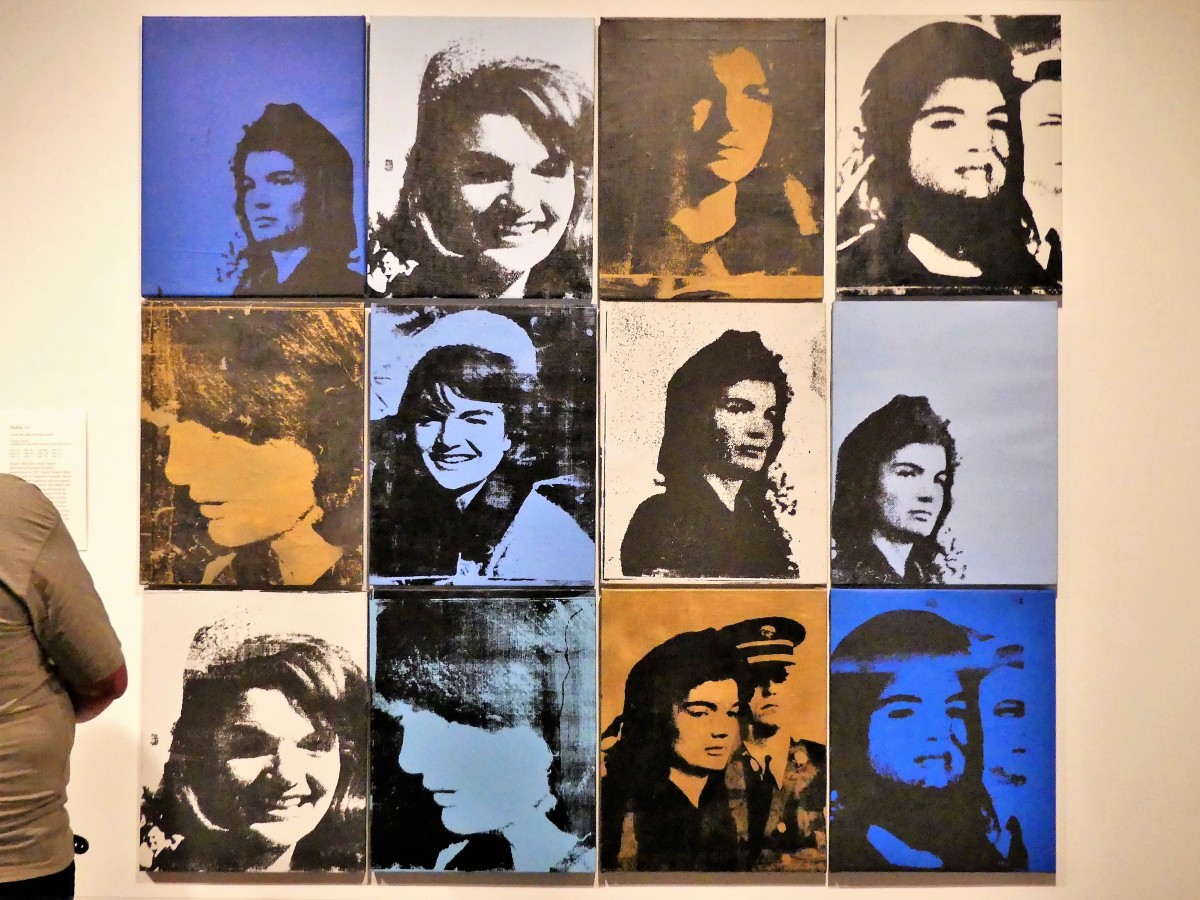


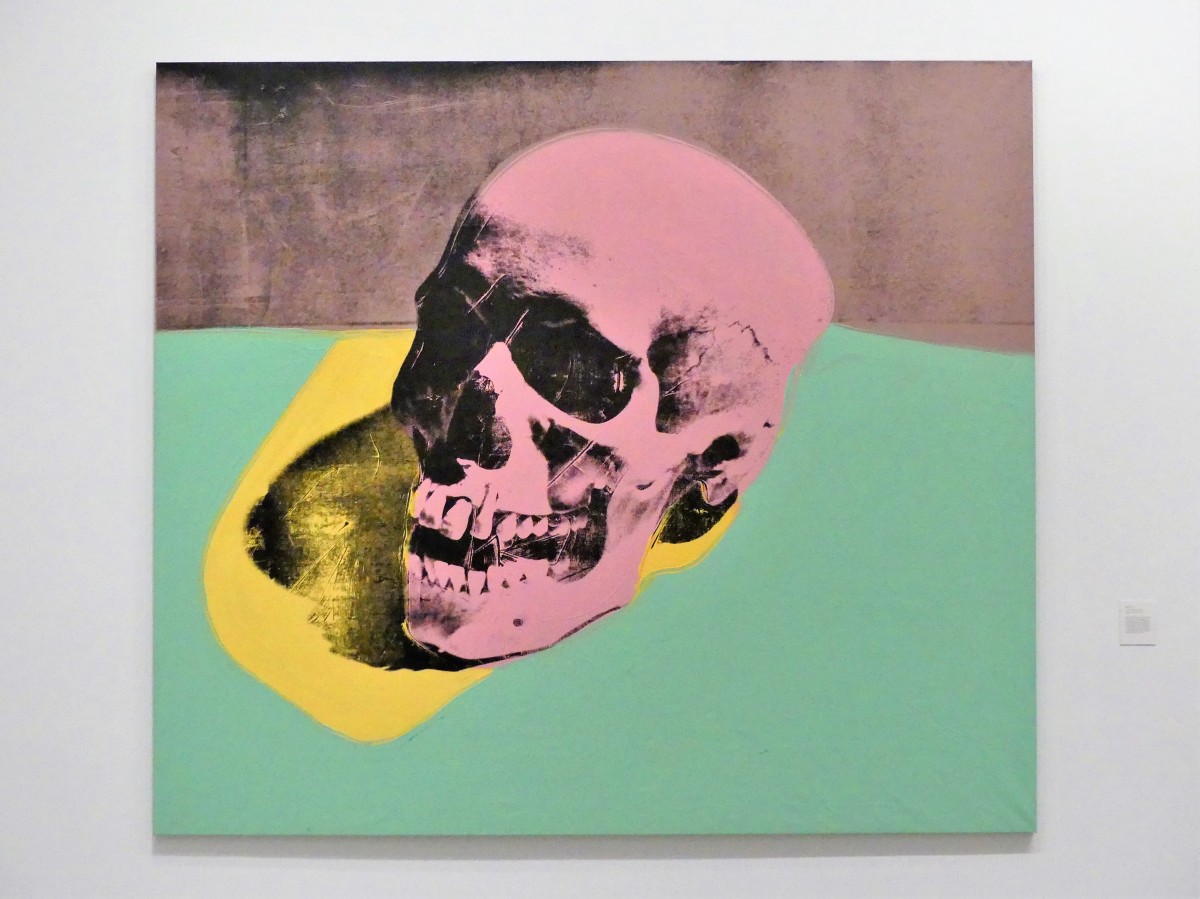
…approximately 100 sculptures;


…nearly 2,000 works on paper;

…more than 1,000 published and unique prints;

…4,000 photographs; 60 feature films; 200 Screen Tests; and more than 4,000 videos.”
The collection also features Warhol wallpaper and books;


…and an archive of perhaps half a million objects collected by Warhol spanning a 40-year career, including his original Amiga 1000 computer and assorted discs filled with unseen digital art…until recently.
Nearing the end of the exhibition, I approached a Warhol painting detailing a series of female torsos, but found the photograph lackluster and flat. And I wondered, “What would Andy do in this situation to add contrast and depth?”

That’s when I framed a posthumous collaboration of Keith Haring’s painted elephant with Andy’s torsos.

Feeling inspired and somewhat creative, I decided to try my hand at screening a kerchief in the Underground Lab for $2.00.


While it’s not perfect, it’s nothing to sneeze at, so I’ll be using tissues instead, whenever necessary.

















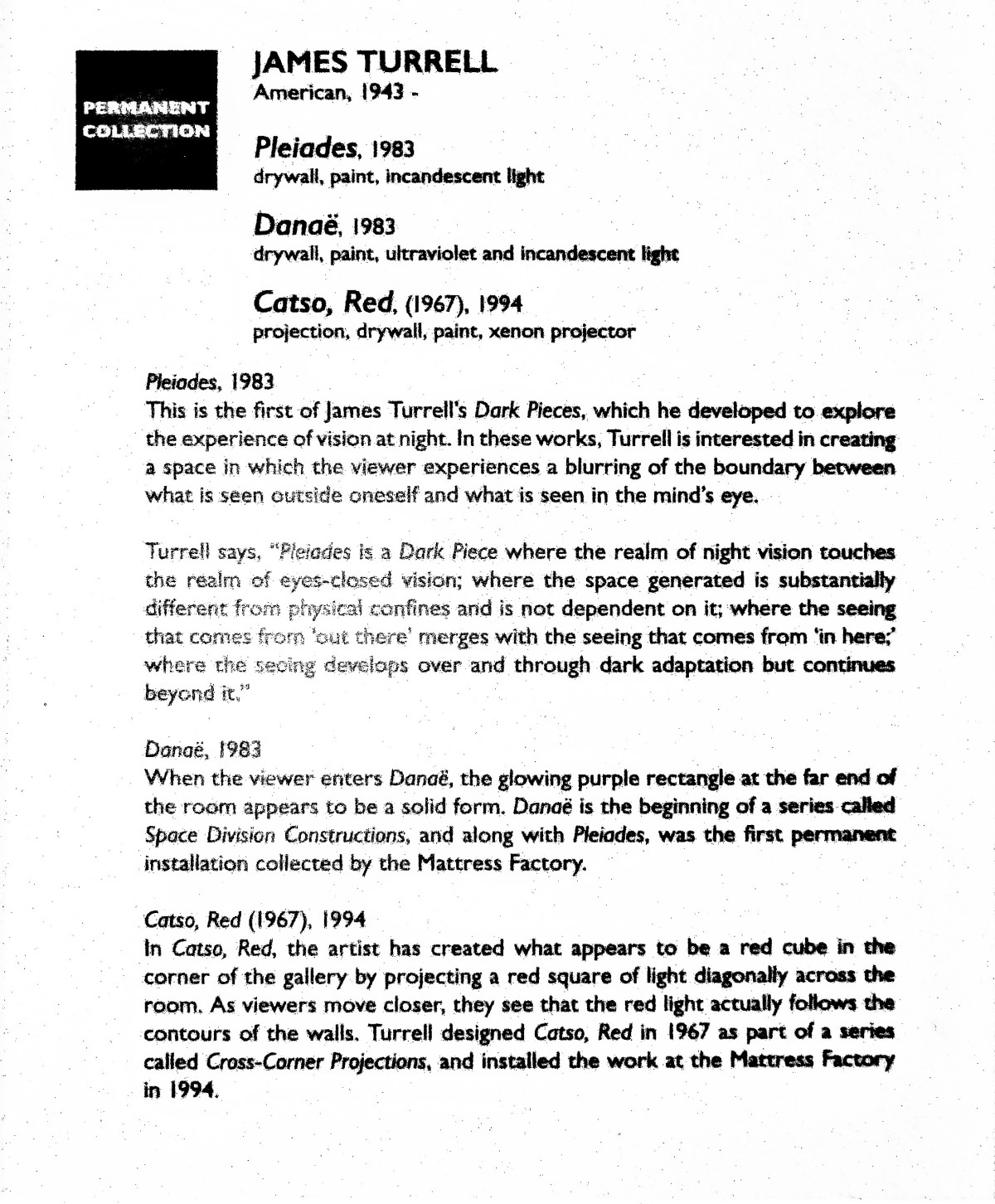




















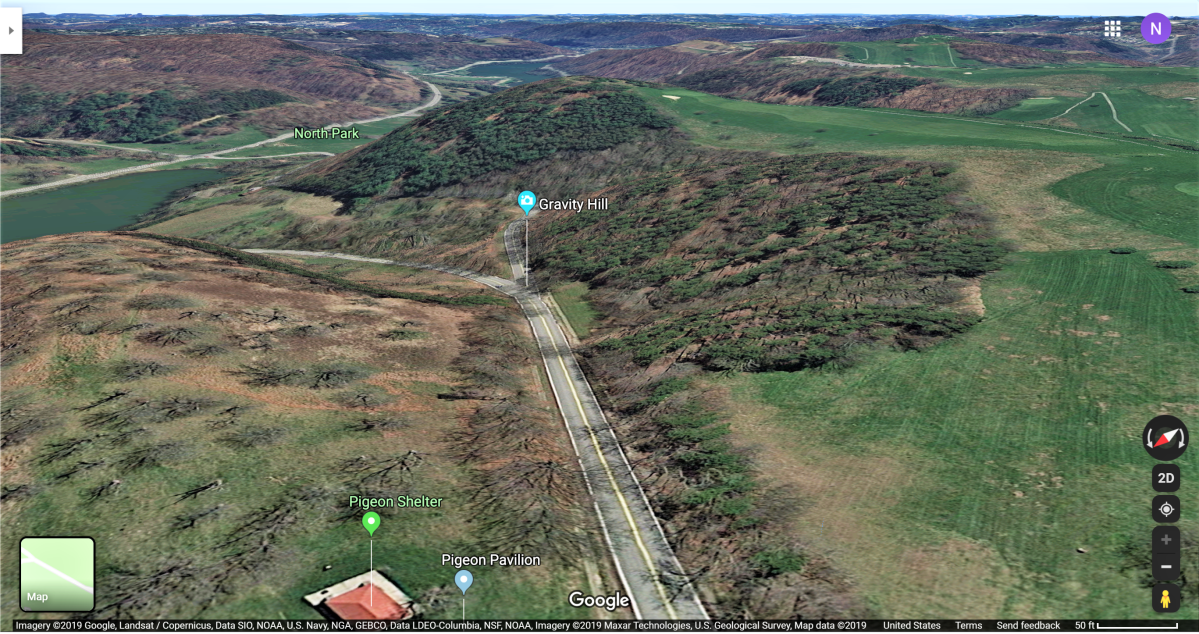





![torsos and painted rocks].jpg](https://streamingthruamerica.files.wordpress.com/2019/09/torsos-and-painted-rocks.jpg?w=1200)











